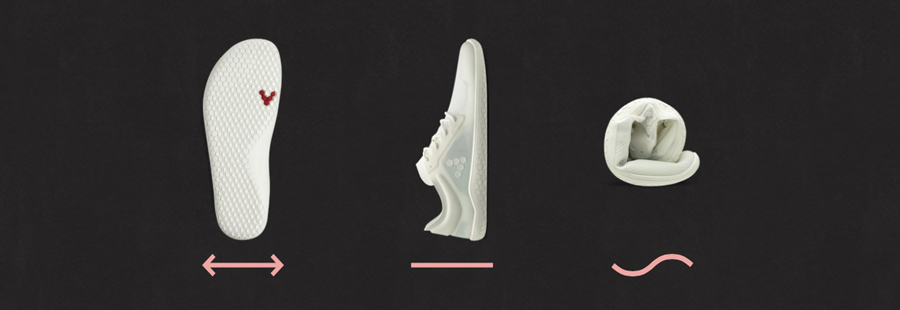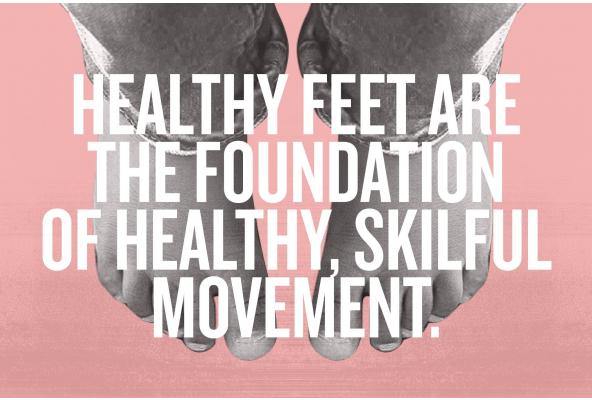There’s a problem underfoot that has probably never crossed your mind – a problem that is affecting your body’s natural potential from the ground up. The problem is that, along with sitting, processed foods and sugary drinks should probably reconsidered as part of your stay healthy program. Are your trainers bad for you?
Healthy feet are the foundation of healthy ‘skilful’ movement. Moving badly is one of the main causes of injury, and if you’re injured, you’re not moving, and not moving is the biggest underlying cause of mortality…the BIGGER question is; are your shoes not just wrecking your feet, but your health too?
Let’s break this down:
The foot of the problem: about 95% of people are born with healthy feet[i], but a lifetime of cramming them into normal shoes can create weak, shoe-shaped feet. By the time we grow up 77% of North Americans say they’ve suffered from debilitating foot pain[ii].
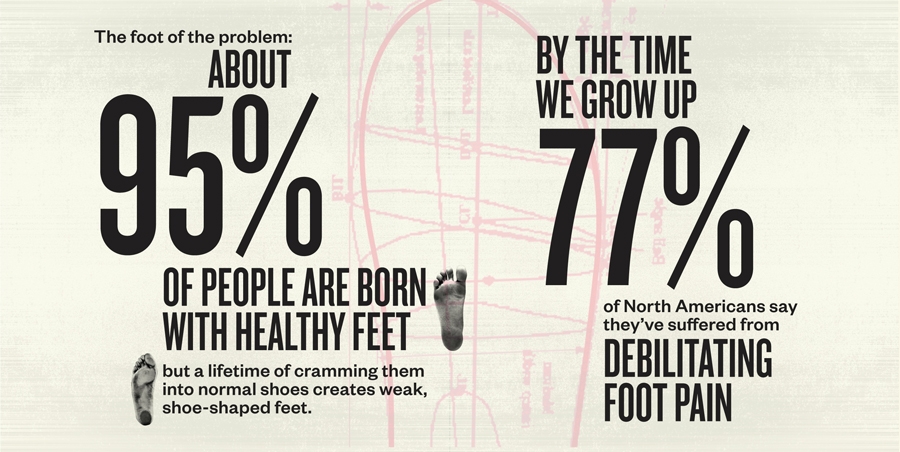

But a little foot pain is great businesses for some: did you know global orthotic insole market will be worth an estimated $3.5 billion USD this year alone[iii]? Orthotics may provide short-term relief from pain, but in the long-term, compromised feet and/or feet walking on orthotics are not moving naturally. This means that the body attached to these feet isn’t going to be moving naturally either. It is compromised too.


Data suggests that up to 79% of recreational runners will at some point suffer a lower limb injury[i] - which seems odd, given the amount of technology we are wrapping our feet in which is specifically designed to help us run more and better. A growing body of evidence even suggests that as the cushioning in a shoe increases, so does the proportion of runners who alter running their running mechanics[v][vi] in ways associated with injuries[vii][viii][ix].
One of the biggest shoe companies in the world recently released one pair of running shoes to increase efficiency and therefore speed, and another to reduce injury. This logic implies our natural feet are not fit for purpose: They need one pair of shoes to run faster and another to avoid injury? Perhaps the last 50 years of fancy sneaker innovation are trying to fix a problem they caused in the first place… (This is your lightbulb moment, by the way!) Millions of years of natural R&D have already designed a perfect bit of kit with all the technology we need to move naturally and injury free – your feet!
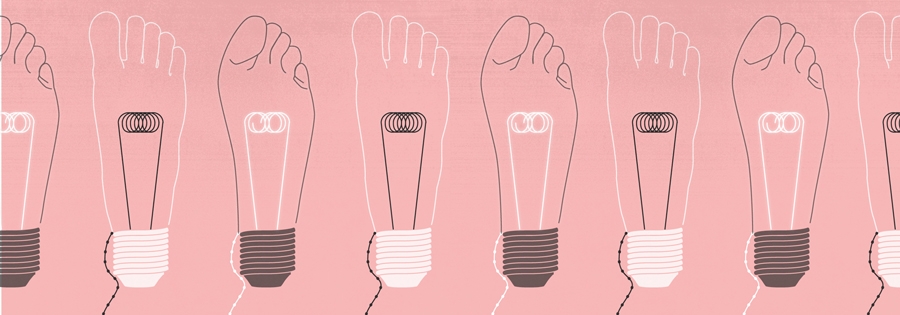

The majority of us city-dwelling humans have feet that are bent out of shape and collapsing in the face of our unnatural and cushioned shoes - but are our sedentary lifestyles having the same effect on our bodies too?
If you´re not moving, you are losing: Physical inactivity; commonly known as a sedentary lifestyle - is having a devastating effect on our health. Approximately 2 million premature deaths a year are attributed to a lack of physical activity[x]. The World Health Organisation has issued a stark warning, between 60 to 85% of people around the world lead sedentary lifestyles, and they are a key contributing factor to most of the top 10 leading causes of death in the developed world.
Being sedentary leads to obesity, cardiovascular disease, high blood pressure, stroke, type 2 diabetes, metabolic syndrome, colon cancer, breast cancer, and depression. To top it off, roughly 80% of adolescents aren’t active enough either[xi].
The easy life: For the vast majority of able-bodied urbanites, modern living is just too easy. With our smart phones and watches, sedentary transport systems and our everyday needs at the touch of a button, we are having to work harder than ever to keep moving and stay fit.
So if you haven’t already leapt up from your sofa, unstuffed your feet from your shoes and taken a bread knife to their soles then let’s do a final recap: from the ground up! It’s time to start thinking feet first when it comes to moving naturally.
The easy part is the shoes themselves: just think WTF ‘footwear’
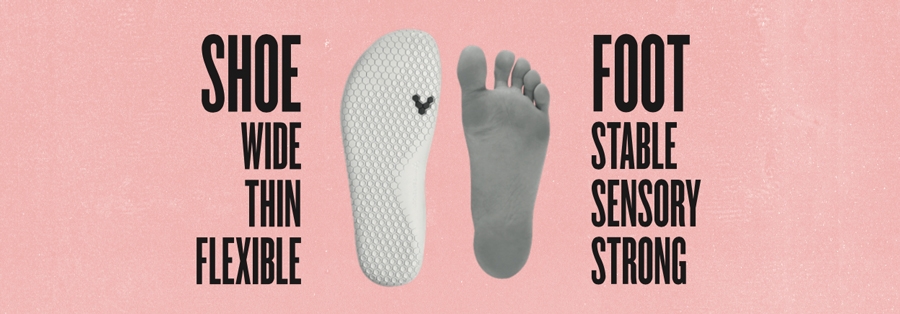

WIDE (not thin) toe shape: We think your feet work best when they are foot-shaped - not shoe shaped. A wide toe box with room for your big toe - and the rest of your toes - to splay, grip and give you the necessary wide foundation of support.
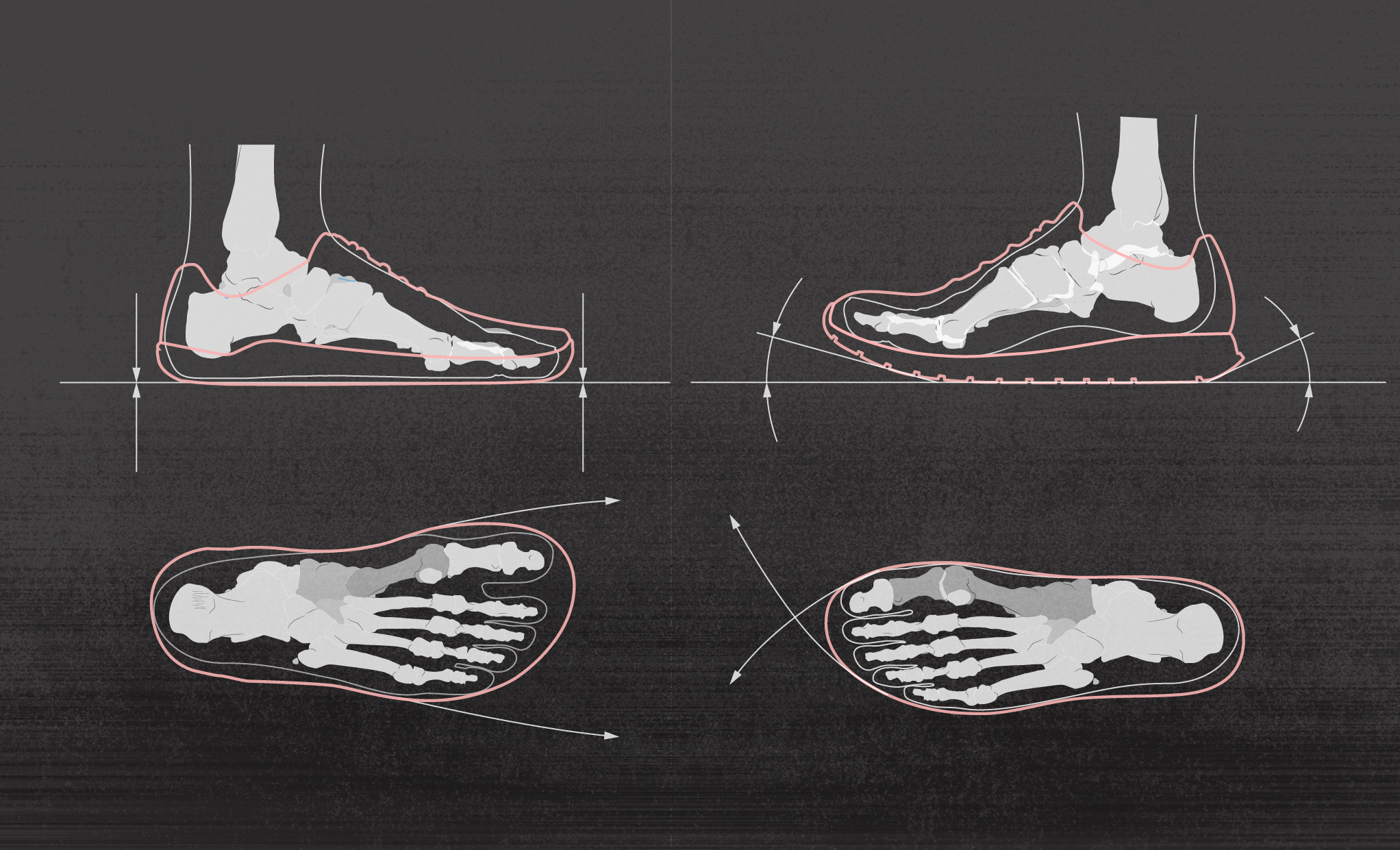

THIN (not thick) cushioned soles: Cushioning might feel good - but feeling the ground makes you move better. Ultimately, this feels better too. Did you know that we have the same amount of nerve-endings in our feet as we do in our hands? Just like our hands - feet are made to feel! The ultimate movement sensors, they connect our brain to what's going on underfoot. When we cushion the life out of this vital sensory loop, all that important information is muffled and lost. Padding and cushioning therefore also increases impact forces moving up the chain into our heels, shins, knees, hips, back, spine, neck…. (yes, that´s now pretty much your whole body). The chance of injury increases every time you move.
FLEXIBLE not rigid or supportive:
A bendy shoe lets the 26 bones and hundreds of muscles, ligaments and tendons flex too, allowing our complex system of mobility, shock absorption and energy return to put a natural spring in every step. People who grow up largely barefoot have been shown to have stronger, healthier feet, as well as presenting with fewer cases of flat feet. Kids who grow up largely unshod also have better coordination and movement skills than their shod counterparts[xii].
